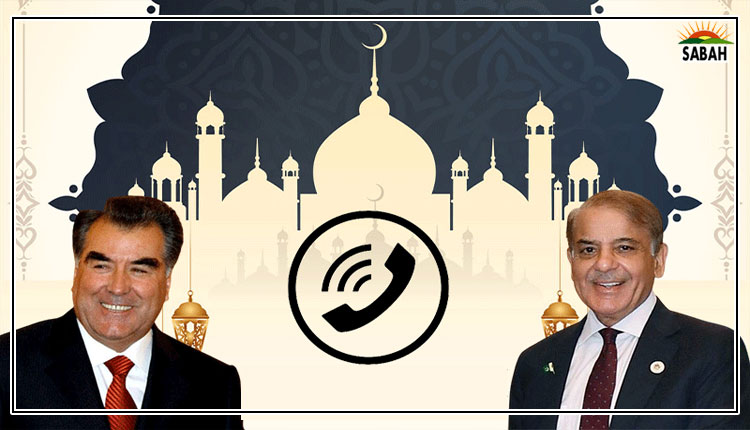The ‘others’ on board…Amna Hashmi
When we hear about air crashes involving high-profile leaders, our focus is inevitably drawn to the prominent figures. The headlines scream the names of presidents and foreign ministers, but seldom do we pause to consider the others who suffered alongside them. These are the individuals whose names may not make it to the front pages, yet their loss is just as profound.
Every leader has his or her entourage, without whom it is impossible to govern, but they remain in the shadows. For instance, the unfortunate death of General Zia-ul-Haq in 1988. While the headlines blared about the death of a military dictator and an American diplomat, the 27 others were only touched upon. Who were these others? What were their stories? These questions remain, as they are asked in every helicopter crash involving officials of high rank.
Let us take the example of Lech Kaczyski, the President of Poland, who died in a plane crash in Smolensk, Russia in the year 2010. With him many other high-ranking Polish officials died as the delegation was on its way to pay tribute to the Katyn massacre. Likewise, the sad end of Sebastin Piera, the former President of Chile, in February 2024, is also reminiscent of the losses of secondary characters. Piera died in a helicopter crash in a lake in southern Chile. However, these incidents highlight the fact that the secondary characters on board were also instrumental in the events that counted, yet their names are not as well-known as the headlines suggest.
Fast forward to recent times, and the tragic helicopter crash that claimed the lives of Iranian President Hassan Rouhani and several top officials brings a familiar refrain. In the context of the headlines that are filled with the President and his Foreign Minister, there is a brief mention of several other officials. Alongside these officials were crew members like pilot Colonel Seyed Taher Mostafavi, co-pilot Colonel Mohsen Daryanush, and flight technician Major Behrouz Ghadimi, whose efforts ensured the operation of the ill-fated flight. As with the case of General Zias crash, where Wing Commander Mashhood Hassan and Flight Lieutenant Shakir, the pilot and co-pilot, perished, the stories of these secondary characters remain marginalised, their roles obscured behind the shadows of their superiors.
In the midst of tragedy, one cant help but wonder: did these secondary figures know what was going to happen next, or were they simply caught in the crossfire with no other choice? It is a question that raises the spectre of their duties and the price they pay for their loyalty to their masters.
While the death of national leaders is a matter of public concern, it is the lack of concern for secondary characters that defines the human cost of tragedy. They are not just colleagues; they are friends, mentors, and pillars of support to those they serve. These people, such as administrative staff, aides and support staff, were invaluable to the delegation. Some of them may not be famous but their work was crucial and showed that every member of the team matters. That being said, while figures like Hossein Amir Abdollahian and Mohammad Ali Al-Hashem in the case of Irans President Raisi, and General Herbert M Wassom and Arnold Raphel in the case of General Zia-ul-Haq are headlined, individuals such as Taher Mostafavi, Major Behrouz Ghadimi and Shakir also played crucial, albeit less conspicuous, roles in the dynamics and functioning of the delegation.
Ultimately, by bringing attention to the others onboard, we honour their memory and remind ourselves of the profound impact each person has within a larger narrative. These tragedies are not just about the loss of leaders but about the collective loss of all who served alongside them.
Courtesy The Express Tribune












